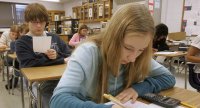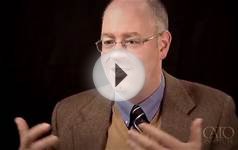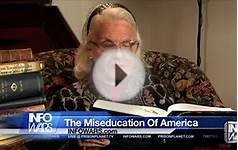 A group of contrarians is challenging the conventional wisdom about America's schools.
A group of contrarians is challenging the conventional wisdom about America's schools.
The drumbeat is hard to miss: Our schools are failing. Public education is in crisis. Our students are falling further and further behind.
The rhetoric comes from the left and right, from educators and politicians and lobbyists and CEOs and even Education Secretary Arne Duncan. The deep dysfunction of our public schools is said to threaten not only America’s economy but also its national security.
Story Continued Below
But a vocal group of contrarians is challenging that conventional wisdom. The latest weapon in their arsenal: A new book out this week by education historian Diane Ravitch, who argues that the biggest crisis facing public education is the relentless message that public education is in crisis.
It’s a debate with broad power to shape the nation’s $600-billion-a-year investment in public education. Where’s the truth? That’s not always easy to discern. Here’s a look at four key talking points — and the facts (and spin) behind them.
1. China is eating us for lunch
A new video about the failures of public schools making the rounds on social media starts by introducing viewers to “the most important number in all of education…32!”
Why 32?
Well, that’s where the U.S. came out in the PISA international math test, given to 15-year-olds around the world in 2009. Only 32 percent of American kids scored proficient, which put us at 32nd in the world, miles behind perennial powerhouses like Shanghai, Singapore, Hong Kong and Korea — and also far behind nations less frequently thought of as academic superstars, including Estonia, Iceland and Slovenia.
Sounds grim. And Harvard education professor Paul Peterson argues that it is. “If we’re 32nd in the world, that’s a pretty serious matter, ” said Peterson, a co-author of the new book “ Endangering Prosperity: A Global View of the American School, ” which the video was produced to promote.
Then again, we’re 32nd on just one test. American kids do better relative to the world — though they’re still far from elite — on the PISA science and reading exams.






